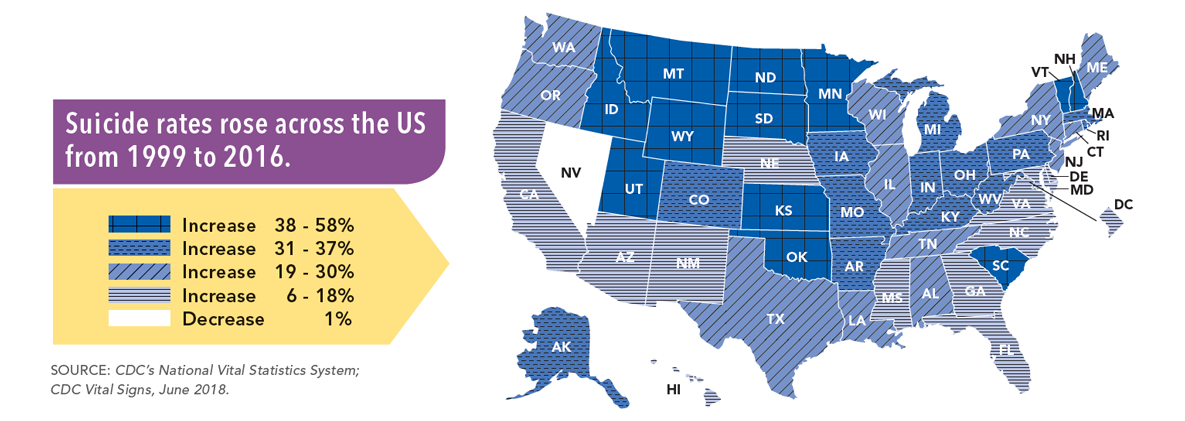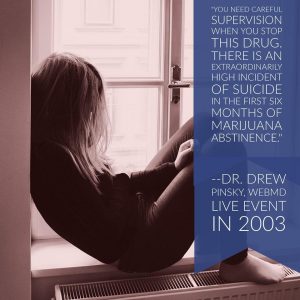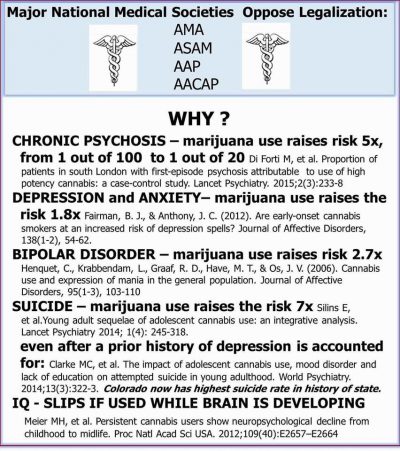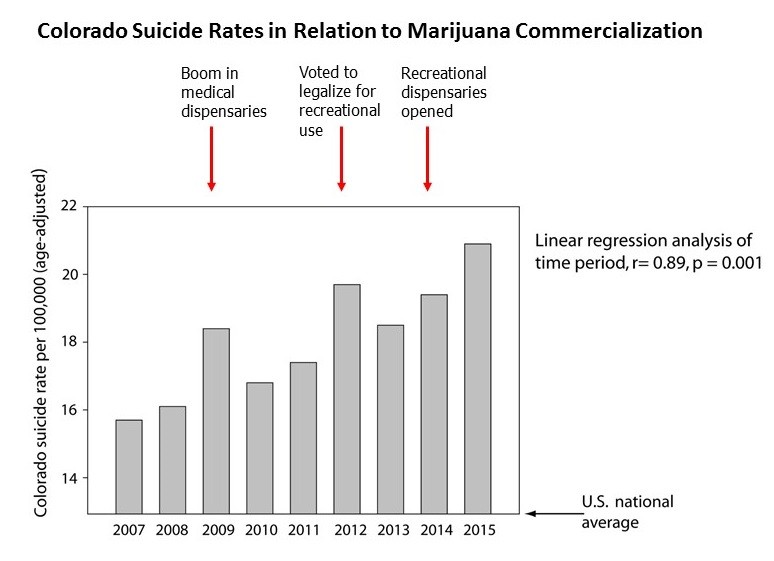Anthony Bourdain. Kate Spade. You know their names and you know the unfortunate circumstances surrounding their untimely passing. Bourdain, 61, and Spade, 55, took their lives in suicides by hanging. Their deaths marked an immediate response from mental health advocates while pushing mental illnesses such as depression and anxiety to the forefront of the news cycle.
Prior to their deaths the CDC’s (Center for Disease Control), Vital Signs report found that suicide rates have been rising in nearly every state. In 2016, nearly 45,000 Americans age ten or older died by suicide. Even more alarming, suicide is now the 10th leading cause of death and is one of three leading causes that are on the rise. But what does this mean for states where drug use runs rampant? Colorado saw a 34.1 percent increase in suicides while Washington and Oregon saw increases by 18.8 percent and 28.2 percent. Take into consideration that these states have legalized marijuana for recreational and/or medicinal use and it’s clear that mind-altering drugs can aggravate those with and without mental health conditions.

Bourdain was a long time pot smoker and made countless marijuana jokes, often alluding to smoking weed in the restaurants he visited. The “Anthony Bourdain: Parts Unknown” Twitter account once tweeted an elaborate illustration detailing “how to roll a joint.”
Don’t know how to roll a good joint? We got you ? https://t.co/K9W7dfM88S
— Parts Unknown (@PartsUnknownCNN) November 20, 2017
Did copious amounts of THC play a part in Bourdain’s death? At this point we don’t know for sure, but we do know that his weed addiction began in his younger years right before the publication of his best-selling book, “Kitchen Confidential,” in 2000. “Weed was a major expense. Before I reached the point where weed made me paranoid and agoraphobic, it was costing me a few hundred dollars a week,” the chef recalled. Fast forward to becoming a successful star, and Bourdain was using cocaine to offset the effects of weed. It’s important to note that cannabis is playing a role in many suicides by causing mental health disorders, including depression and psychosis. One has to wonder if a cocktail of drugs played a part in his untimely death.
Kate Spade suffered from mental illnesses for several years. She was seeking help during the last five years, “seeing a doctor on a regular basis and taking medication for both depression and anxiety,” widower Andy Spade said in a statement. It’s worth nothing that we don’t know if any drug use triggered her problems. The CDC’s Vital Signs report found many factors contributing to the various suicide cases across the country. It’s eye-opening that more than half of people who died by suicide did not have a known diagnosed mental health condition at the time of death.
What a shame it is that thousands of Americans are advocating to legalize a drug with the potential to severely damage the brain? There’s absolutely no sense in burdening our country with a mental health crisis.
Cannabis is know to cause mood disorders, and mood disorders are a leading cause of suicide.
MomsStrong.org is a website started by two parents who lost their sons to marijuana-related suicide. Read Shane’s story, and Andy’s story. PopPot.org is also sounding the alarm about the cannabis-suicide risk. See our many articles on suicide related to cannabis use.
To learn more about the CDC report and the rising suicide rate across the United States click here: https://www.cdc.gov/media/releases/2018/p0607-suicide-prevention.html










